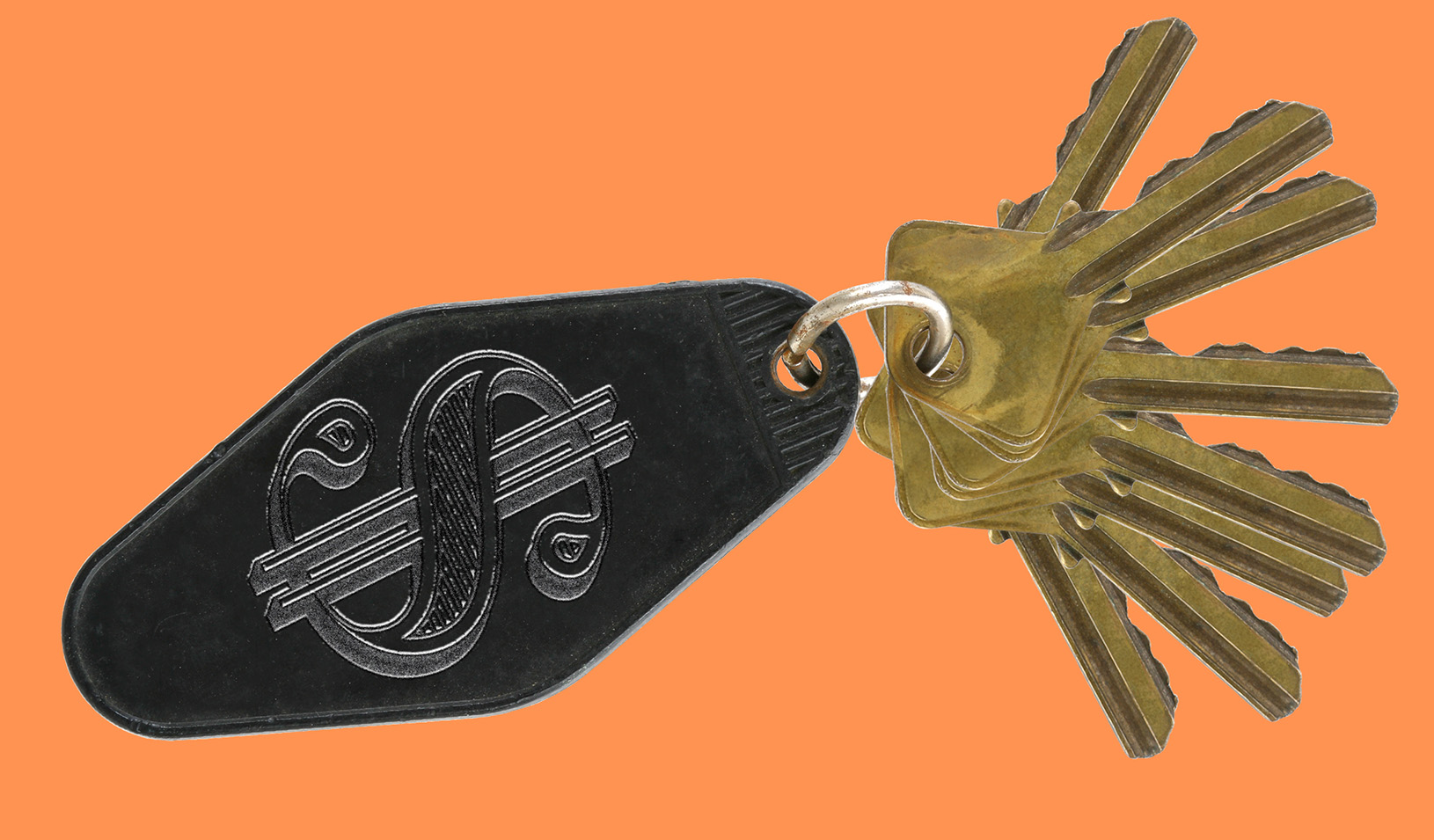New research shows the damaging impact of shelving rape kits.| Photo courtesy of Joyful Heart Foundation
At the root of new research by one Stanford scholar is moral outrage — and a goal to seek justice for rape victims.
“More than 400,000 sexual assault victims have gone through the awful procedure of a medical forensic exam right after the assault, and yet their [sexual assault] kits are sitting around police department warehouses and no one is doing anything,” says Lawrence Wein, a professor at Stanford Graduate School of Business. “That’s a travesty.”
In a definitive new study coming out in the Journal of Forensic Sciences, Wein looked into this backlog and found the moral imperative of testing each kit is paired with a powerful economic argument: Every dollar the police spend on analysis returns $81 from averted sex crimes.
Wein has previously studied other “matching” problems related to crime-solving: how to optimize the analysis of fingerprints and firearm ballistics. Given the considerable problem of untested sexual assault kits — many have been sitting around for more than a decade — it was natural for him to turn his attention to the subject. How, he wondered, might police departments most efficiently work through their backlogs? Given economic constraints, would it make more sense to focus resources on assaults perpetrated by strangers or non-strangers? Should departments simply go with the “forklift approach” and test every kit? (The value of tested kits lies in the DNA they provide, which can be used to find and convict offenders.)
Parallel to the moral impetus for this investigation Wein found a compelling academic concern: Existing studies in this area are both scant and inconclusive. A 2012 analysis of kits in Los Angeles suggested prioritizing assaults by strangers; a 2015 analysis in Detroit suggested testing every kit. “These two papers came to opposite conclusions,” Wein says. Is either one right?
Using the data from Detroit, Wein constructed a probabilistic model to map out different points along the career of a sexual offender: How many of the crimes are sexual and how many nonsexual? How many sexual assaults are stranger versus non-stranger? How long is the average criminal career, and, on average, how frequent are assaults? How many of the crimes committed end up in the backlog of kits? Pulling together this (and more) information allowed Wein to compare the economic costs of testing each kit against the economic benefits of potential conviction. Not only was this the first cost-benefit analysis of testing rape kits, but the model also proved to be a novel forensic contribution: Prior studies that sought insight into the characteristics of sexual assault relied on notoriously imprecise surveys and interviews with the offenders themselves.
“The main punchline,” says Wein, “is that all untested kits should be tested.” With his coauthor Can Wang from Stanford’s electrical engineering department, Wein found that every dollar spent on the analysis of a kit returns $81 from averted future assaults. Wein likened the process to a lottery, where the cost to test a kit (roughly $1,600) is analogous to the price of a ticket. Every once in a while, test results will lead to a conviction — the jackpot — and this will save roughly $11.4 million of future costs. Given the odds, “it’s a highly favorable lottery,” Wein says. “Anybody with any money should play.”
This is especially true given that Wein overestimated the costs and underestimated the benefits at every turn. For instance, even though the average sexual offender commits more nonsexual crimes than sexual crimes — some of these very serious felonies — Wein didn’t consider these in his model. Folding these benefits into the calculation would make the savings ratio far more favorable. Similarly, Wein assumed a very low probability that tested kits would lead to convictions, giving them a 1.2% chance. A recent study in Cuyahoga County, Ohio, found that tested kits return a conviction rate more than 20% of the time. Developing a more optimistic model based on these benefits (and others) would show that every dollar spent on testing kits returns closer to $3,000.
But in policy, said Wein, the best approach is to be conservative, and policy is the ultimate target of this work. He has traveled to Washington, D.C., to present his results and spoke with directors at the Department of Justice. The findings, he is pleased to see, have been well received.
“There has long been a moral argument to test these kits,” Wein says. “But at last we have a persuasive economic argument to buttress the moral one.”
For media inquiries, visit the Newsroom.






